Peeing in the shower has sparked debates, with proponents highlighting water savings. Nonetheless, Dr. Alicia Jeffrey-Thomas, a pelvic health specialist, offers medical caution, especially for those assigned females at birth.
In this comprehensive article, we delve into the matter extensively, discussing the advantages, disadvantages, health effects, and substantial water conservation. By the conclusion, you’ll possess a thorough grasp of the discourse to make an educated choice.
Grasping the case for water running
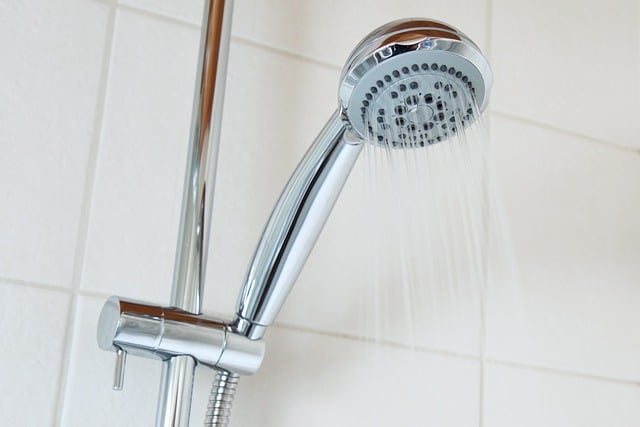
Peeing in the shower offers a compelling water conservation angle. Aligning daily showers with urination could save 2,190 liters (579 gallons) of toilet water per person yearly. Imagine if the entire US population embraced this – a total annual water savings of 699 billion liters (185 billion gallons). These numbers highlight significant environmental gains from this unconventional habit.
Health consequences: Your pelvic floor
@thepelvicdancefloor Reply to @gwas007 why you shouldn’t pee in the shower (probably part 1 of multiple?) #learnontiktok #tiktokpartner ♬ Similar Sensation (Instrumental) – BLVKSHP
Despite the compelling water-saving rationale, it’s crucial to assess the potential health effects. Dr. Alicia Jeffrey-Thomas, a prominent pelvic health expert, delves into this matter in her TikTok video. She outlines the possible risks to pelvic floor and bladder health posed by habitual shower urination.
• The Pavlovian Association
Drawing a captivating parallel, Dr. Jeffrey-Thomas likens this to Pavlov’s dog experiment, underscoring our brain’s ability to form associations. In that classic study, dogs linked a ringing bell to feeding, causing them to salivate at the bell’s sound, independent of food.
Breaking it down to urinating in the shower, as described by Dr. Jeffrey-Thomas, “If you pee in the shower or turn on the faucet, or turn on the shower and then sit on the toilet while the water’s running, you are creating an association in your brain between the sound of running water and having to pee.”
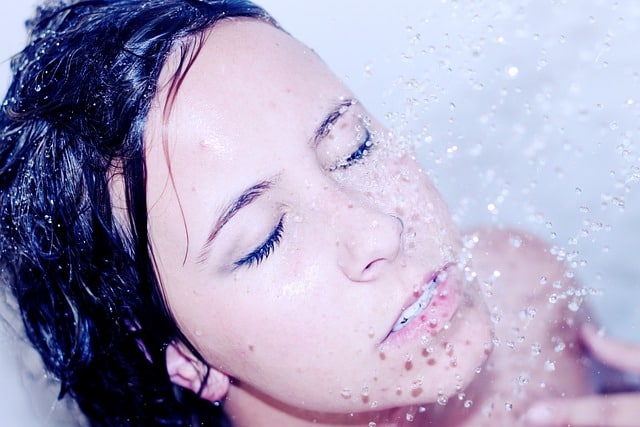
• Potential Consequences
The connection, particularly when combined with pelvic floor dysfunction, might result in unexpected urinary problems. If you habitually pee in the shower with pelvic floor dysfunction, you could experience involuntary urination triggered by running water sounds – whether it’s a stream, faucet, or toilet flush.
Failing to fully empty your bladder can lead to potential health issues, as highlighted by Dr. Jeffrey-Thomas: “Even in this Captain Morgan pose [one leg up high] your pelvic floor isn’t going to relax appropriately, which means that you aren’t going to be emptying your bladder super well.”
Squatting in the shower: Does it help?
@thepelvicdancefloor Reply to @manonlucielavers ♬ original sound – The Pelvic Dance Floor
Regarding the question of whether squatting in the shower to urinate is advisable, Dr. Jeffrey-Thomas elaborates in a subsequent video that it remains preferable to avoid urinating while showering. Nevertheless, if the need to urinate is urgent, he suggests a full squatting position to effectively relax the pelvic floor muscles.
The toilet flushing phenomenon
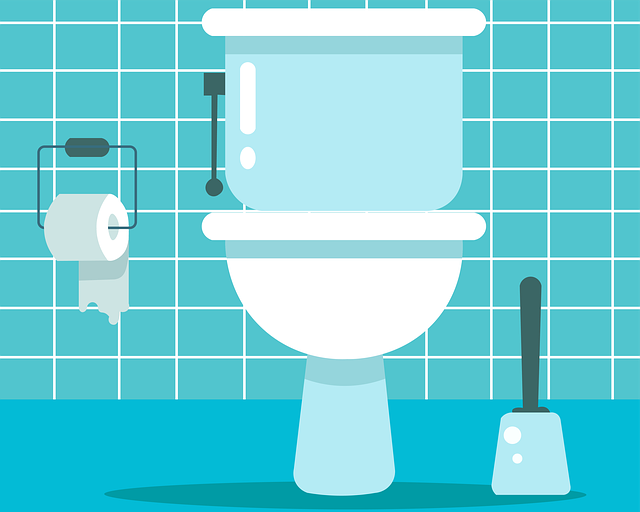
Addressing the inquiry about why flushing the toilet doesn’t prompt the need to urinate, Dr. Jeffrey-Thomas provided clarification that “when the toilet is flushed, you have already peed, so it’s not creating that association.” She also pointed out that the strength of a bladder trigger differs from person to person. Hence, if controlling the urge to urinate while in the shower seems extremely difficult, it might suggest an underlying problem.
Exploring pelvic floor dysfunction in depth

Pelvic floor dysfunction is a prevalent ailment among a substantial number of women. Consider the following concise points:
• The pelvic floor comprises a set of muscles responsible for sustaining organs such as the bladder, uterus (in females), prostate (in males), and rectum.
• The weakening or tightening of these muscles can result in Pelvic Floor Dysfunction.
• Indications encompass urinary and bowel incontinence, lower back aches, and pain during sexual intercourse.
• Numerous elements can contribute to this condition, including childbirth, surgery, advancing age, obesity, and high-impact activities.

Given the possibility that urinating in the shower could worsen symptoms of pelvic floor dysfunction, it is crucial to grasp these consequences before establishing such a routine.
In addition to the overall health factors, it is essential to contemplate the specific health repercussions for individuals who were assigned female at birth. Dr. Jeffrey-Thomas clarifies that individuals with female anatomy are not biologically adapted to urinate while standing. As a result, urinating in the shower could potentially amplify pelvic health problems.
Urinating in a standing position might hinder the proper relaxation of the pelvic floor muscles, potentially leading to incomplete bladder emptying. This incomplete emptying can increase the risk of urinary tract infections (UTIs) and other related urinary problems.
The Pros and Cons of peeing in the shower
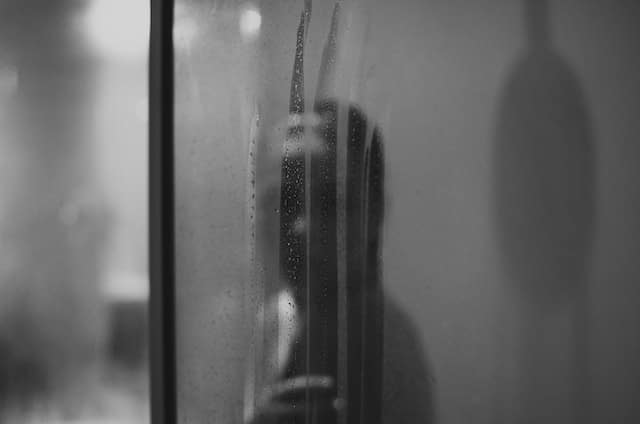
Considering the wealth of information available, it’s vital to assess the advantages and disadvantages to make an educated choice regarding the decision to urinate in the shower:
Advantages
• Substantial water conservation: Urinating in the shower has the potential to save a significant volume of water on an annual basis.
• Swiftness and convenience: For many individuals, this choice is based on its convenience.
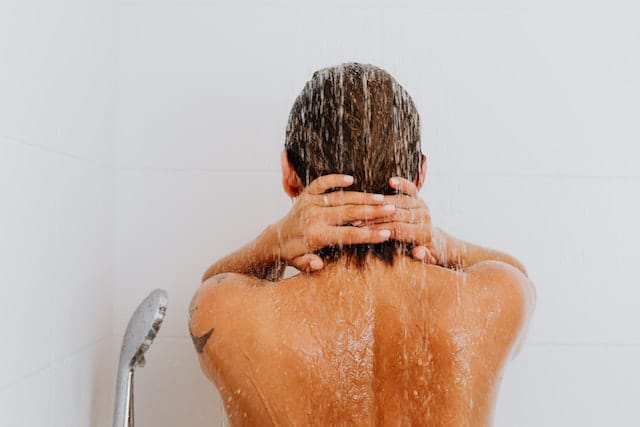
Disadvantages
• Potential health implications: Urinating in the shower might contribute to issues like pelvic floor dysfunction and bladder control problems.
• Connection to flowing water: There’s a potential risk of developing a conditioned response, which could result in involuntary urination upon hearing the sound of running water.
• Not entirely sanitary: Despite urine being mostly sterile, it can still contain harmful bacteria, potentially elevating the risk of infections.

The discussion regarding urinating in the shower encompasses several aspects. While the prospect of substantial water preservation is noteworthy, the potential health consequences warrant attention. Dr. Alicia Jeffrey-Thomas’s observations function as a vital prompt to ponder the enduring effects of our behaviors on our well-being. As we pursue ecological responsibility, we mustn’t neglect the significance of upholding our health and wellness. Although the ultimate choice lies with each person, opting for informed decisions rooted in awareness is consistently prudent.

Water saving calc is bogus.
Plenty folk pee in the shower already so you have to remove that contribution from the saving.
Folk take a poo first thing too, so are on the bog anyway, you have to account for that too. Can’t poo in the shower!
Your figure is way off.